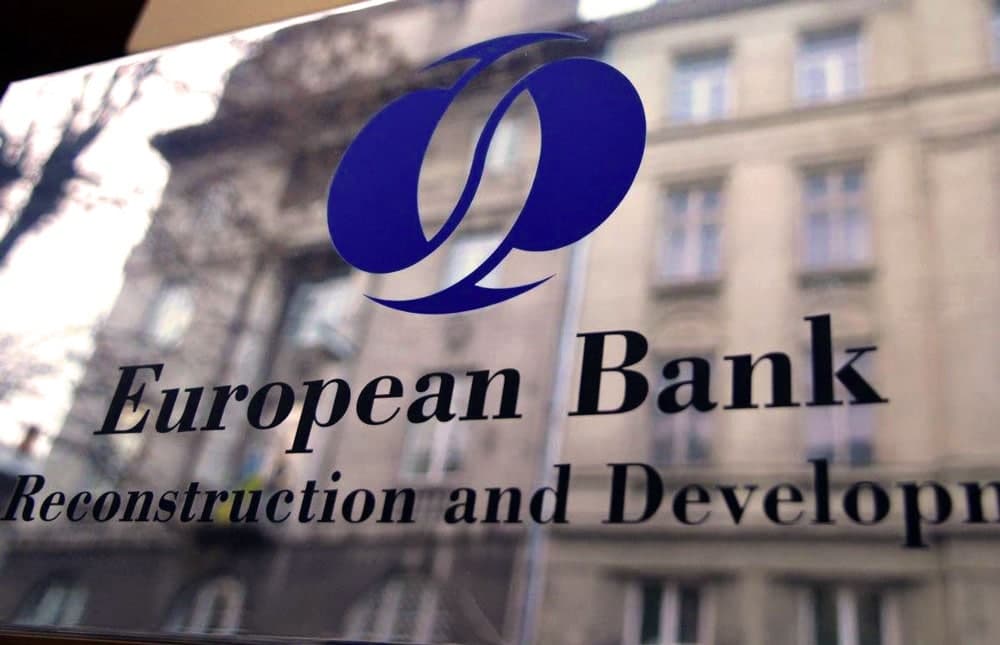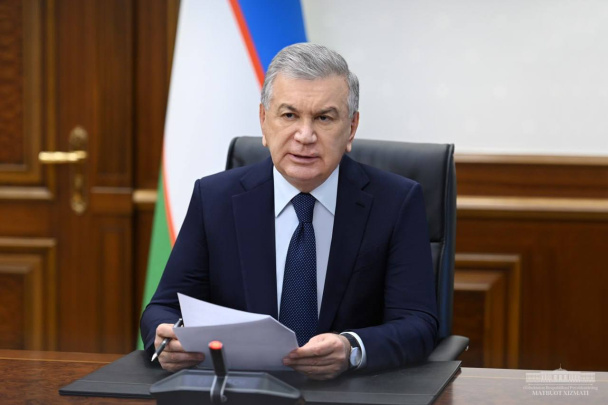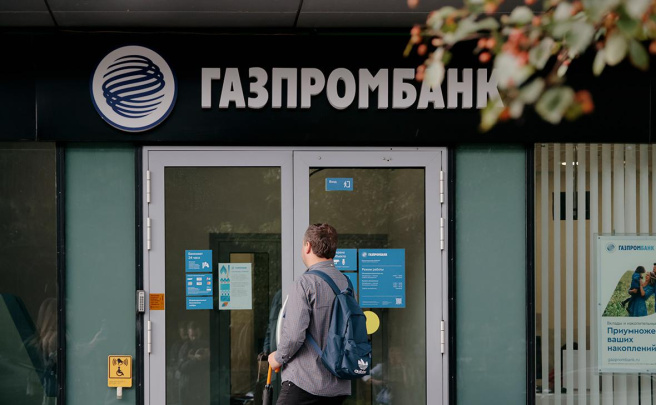The Bank is expecting Uzbekistan’s GDP to grow by 6.8% in 2021 and 6.0% in 2022. Growth is supported by a remittances-led surge in private consumption along with increased investment in infrastructure, much of which has been financed through external borrowing. The forecast may be subject to further revisions because of uncertainties related to COVID-19, the potential resumption of international tourism, and the geopolitical situation in Central Asia.
According to the report, services expanded by 19.5% year-on-year, industrial output by 9%, and agriculture by 4.2%. Remittances from Russia grew by 35% year-on-year in US dollar terms in the first eight months of 2021. Credit growth accelerated to 22% in June 2021 in real terms compared to 12% a year ago, reflecting stronger economic activity. Despite expansionary measures, inflation eased from 11.15 year-on-year in December 2020 to 10.8% year-on-year in October 2021.
Overall, the EBRD raised its forecast for all its regions for 2021 to 5.5%. While this represents an upward revision of 1.3% over its June forecast following a strong performance in the first half of the year, the Bank warns of serious threats ahead.
High commodity and energy prices, tight labor markets, supply chain disruption and currency depreciations in some EBRD economies have begun to push up inflation even before the latest spike in COVID-19 infection cases. On average, inflation in the EBRD regions exceeded its end of 2019 levels by 3 percentage points in September 2021. In response, a number of central banks in the EBRD regions have raised policy interest rates.
In some EBRD economies, tight labor markets added to inflationary pressures with a strong rebound in vacancies in lower-medium skilled occupations. In other economies, considerable slack in labor markets remains. Unemployment increased by 1.4 percentage points on average between February and August 2020, while labor force participation fell by half a percentage point on average.






